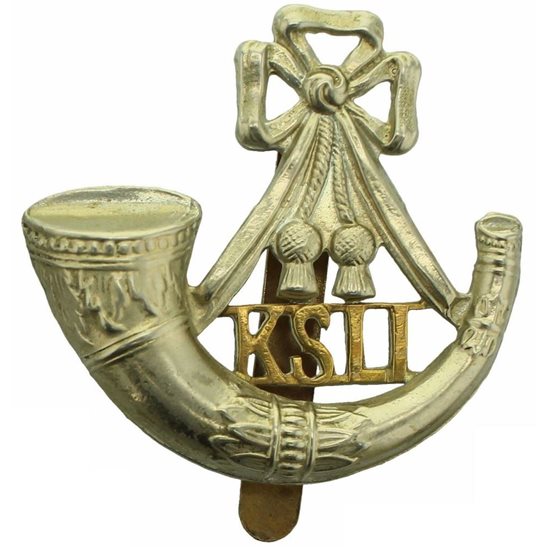Personal Details
Born: 8 August 1897 in Whitchurch, Shropshire.
Family: He was the fourth of five children born to Alfred Foster, a farm labourer, and his wife Elizabeth Ellen. He married Dorothy M Preece in 1925 in Whitchurch and together they had five children – Corbet J, Frederick J, Dorothea E, Henry O and Geoffrey E.
Residence: In 1901 he was living at Broughall Lodge, Broughall, Whitchurch and in 1911 the family resided at Broughall House Lodge, Broughall. The births of all five children were registered in Atcham, Shropshire, so it is likely he was living there between 1925 and 1933. In 1939 he was living at 25 St. John’s Street, Whitchurch; his children were living in Atcham with their maternal grandparents.
Employment: In 1914 he was a farm labourer working at Chinnel Farm, Whitchurch. In 1939 he was a steel erector.
Died: In 1973 in Oswestry, Shropshire.
Military Details
Regiment: King’s Shropshire Light Infantry
Rank: Private
Service Number: 200945 (previously 2770)
Date of Enlistment: 4 November 1914
Date of Discharge: 19 March 1919
Reason for Discharge: Demobilisation
Other Information: He was wounded and taken prisoner of war at Cambrai by the Germans on 30 December 1917 and interned in the Schulter Munster POW camp. He was released on 8 December 1918. He was entitled to wear a wound stripe.
James was awarded the Campaign Medals (British War medal and Victory medal)

The British War Medal (also known as 'Squeak') was a silver or bronze medal awarded to officers and men of the British and Imperial Forces who either entered a theatre of war or entered service overseas between 5th August 1914 and 11th November 1918 inclusive. This was later extended to services in Russia, Siberia and some other areas in 1919 and 1920. Approximately 6.5 million British War Medals were issued. Approximately 6.4 million of these were the silver versions of this medal. Around 110,000 of a bronze version were issued mainly to Chinese, Maltese and Indian Labour Corps. The front (obv or obverse) of the medal depicts the head of George V. The recipient's service number, rank, name and unit was impressed on the rim.
The Allied Victory Medal (also known as 'Wilfred') was issued by each of the allies. It was decided that each of the allies should each issue their own bronze victory medal with a similar design, similar equivalent wording and identical ribbon. The British medal was designed by W. McMillan. The front depicts a winged classical figure representing victory. Approximately 5.7 million victory medals were issued. Interestingly, eligibility for this medal was more restrictive and not everyone who received the British War Medal ('Squeak') also received the Victory Medal ('Wilfred'). However, in general, all recipients of 'Wilfred' also received 'Squeak' and all recipients of The 1914 Star or The 1914/1915 Star (also known as 'Pip') also received both 'Squeak' and 'Wilfred'. The recipient's service number, rank, name and unit was impressed on the rim.

